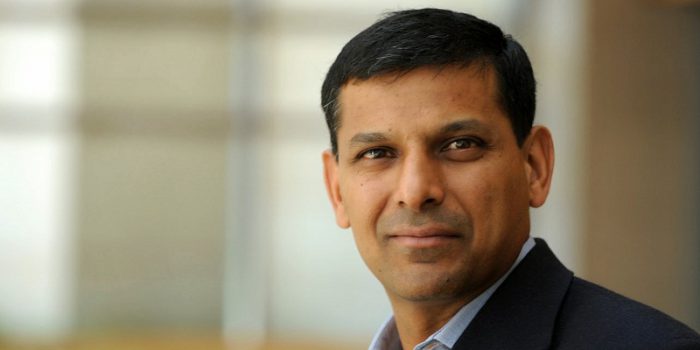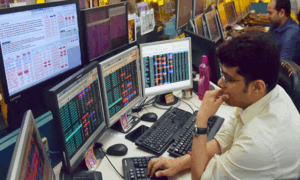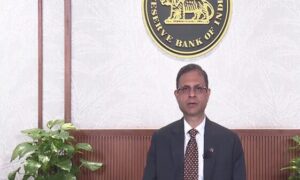
Picture Courtesy : YourStory.com
Former RBI governor Raghuram Rajan has stated that he was never in favour of demonetisation and had warned the government of the damage that pulling out 86 per cent of cash would cause to the economy. Rajan was RBI governor in February 2016 when he was asked by the government for his views on junking of old 500 and 1,000 rupee notes, he revealed in his book ‘I do what I do’.
“At no point during my term was the RBI asked to make a decision on demonetisation,” says Rajan, a statement that flies in the face of claims that the planning for the surprise move had started months before it was actually announced on November 8, 2016. Rajan, who had predicted the 2008 global financial crisis, was governor of the central bank from September 4, 2013 to September 4, 2016.
“I was asked by the government in February 2016 for my views on demonetisation, which I gave orally. Although there might be long-term benefits, I felt the likely short-term economic costs would outweigh them and there were potentially better alternatives to achieve the main goals. I made these views known in uncertain terms,” he wrote.
RBI, he said, handed over a note to the government outlining the potential cost and benefits of demonetisation as well as alternatives to achieve similar aims. It also detailed the preparation that would be needed and the time it would require.
“The RBI flagged what would happen if preparation was inadequate,” said Rajan, who had so far not commented on the move. Just over two months after his departure on September 4, 2016, the government invalidated Rs. 15.44 lakh crore, expecting one-third may not come back, with an aim to check blackmoney and corruption.
The RBI, which had shied away from declaring how much of junked currency was deposited in banks in the limited window provided, last week in its annual report said 99 per cent of the currency had returned.
The monetary cost of printing new currency for the central bank has more than doubled to Rs. 7,965 crore while the number of counterfeit notes or fake notes detected during the exercise is only minuscule — just about 7.6 lakh pieces. Rajan said: “If the government, on weighing the pros and cons, still decided to go ahead with demonetisation, the note outlined the preparation that would be needed and the time that the preparation would take. The RBI flagged what would happen if preparation was inadequate.”
The government then set up a committee to consider the issues, Rajan said, adding that “the deputy governor in charge of currency attended these meetings and at no point during my term was the RBI asked to make a decision on demonetisation”.
The former RBI governor, currently professor of finance at the University of Chicago, said that much before the government took the demonetisation decision, he was asked about invalidating high-denomination currency in August 2014 during a public lecture.


















